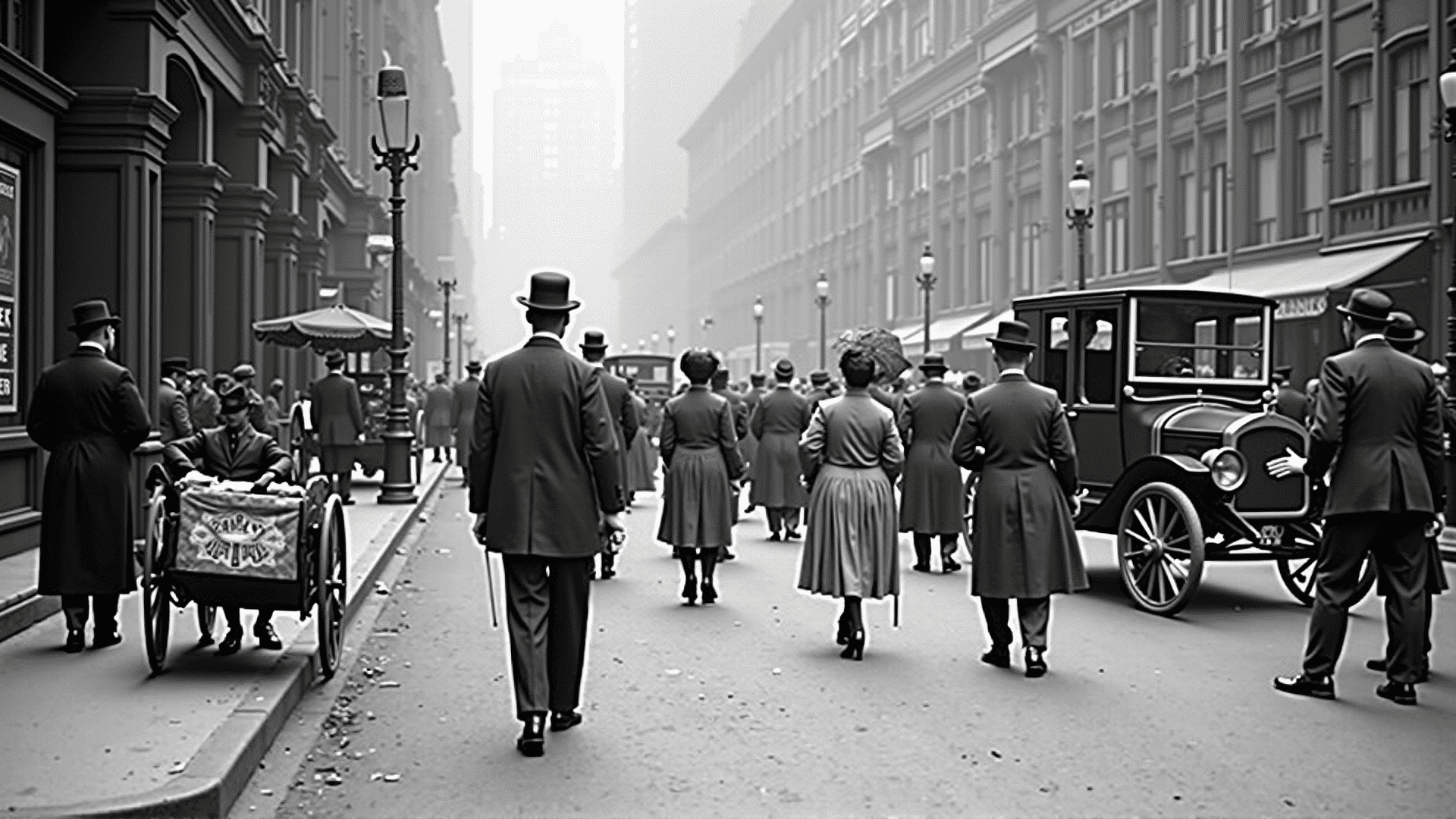The art of capturing moments has a rich history, intertwining itself with technological advancements and cultural shifts throughout the centuries. From its early inception to its modern digital form, photography has not only documented the passage of time but also influenced art and culture in profound ways.
The journey begins in the early 19th century with the advent of the camera obscura and the development of the first permanent photograph by Joseph Nicéphore Niépce in 1826. This groundbreaking achievement set the stage for further experimentation. Louis Daguerre's invention of the daguerreotype in 1839 marked a pivotal moment, offering more accessible means for individuals to engage with this novel art form. These early images, with their meticulous detail and unique metallic appearance, captivated the public and marked the beginning of photography as both a technical and artistic pursuit.
As the 19th century progressed, photography began to evolve rapidly. The introduction of the tintype and ambrotype provided more robust and affordable alternatives to the daguerreotype. This period also witnessed the emergence of portrait studios, democratizing the medium and making it accessible to the broader public. Photography was no longer limited to the elite; it became a tool for capturing the likenesses of people from all walks of life.
The turn of the 20th century saw photography cement its place in the art world. Pioneers like Alfred Stieglitz and Edward Steichen emerged, advocating for photography as a legitimate art form. Their work pushed the boundaries, exploring abstraction, composition, and the interplay of light and shadow, thus shaping the aesthetic principles of photographic art.
Simultaneously, photography played a critical role in the documentation of social and cultural changes. The medium became a powerful tool for journalism, capturing the reality of events and immortalizing iconic moments. Photographers like Dorothea Lange and Robert Capa used their cameras to tell stories of struggle, resilience, and change, leaving behind powerful legacies that continue to influence photojournalists today.
The mid-20th century marked the era of color photography, further expanding the artistic possibilities of the medium. This innovation allowed photographers to convey mood and atmosphere with greater nuance, enriching visual storytelling and enabling new expressions of creativity.
The transition to digital in the late 20th and early 21st centuries revolutionized the world of photography yet again. With digital cameras and smartphones, photography became an integral part of daily life. The ability to instantly capture and share images transformed societal interactions, creating new digital landscapes for personal and artistic expression.
Today, photography continues to evolve, influenced by emerging technologies such as artificial intelligence and virtual reality. These advancements promise to push the boundaries of what is possible, continually shaping how we see, interpret, and interact with the world around us.
In conclusion, photography has profoundly impacted art and culture, chronicling humanity's journey and serving as a mirror to society's transformations. From its early days of chemical innovations to the high-tech digital ecosystems of today, photography remains an ever-evolving medium that captures the spirit of the times.
